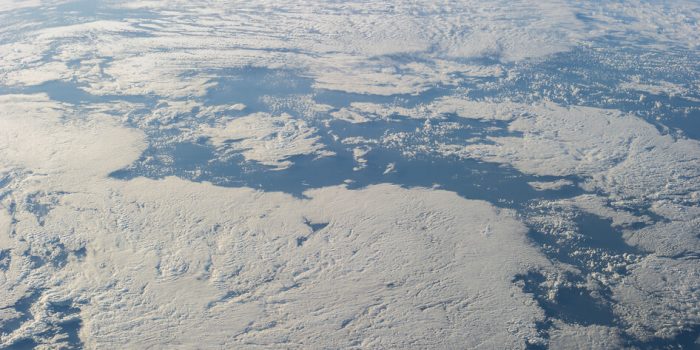Global warming has already become a huge concern for the survival of the planet. Climate change is real, and it has definitely taken over. If the rectifying and corrective measures are not taken in a timely manner, the negative repercussions like wildfires, flooding, and extreme weather conditions will be unstoppable and irreversible. Scientists and researchers are finding ways to reverse these changes.
Currently, multiple projects are under process for different ways of reducing the effects of climate change. This includes concepts like carbon capture machines and covering glaciers with giant blankets as well. Now, the researchers have found another way. They propose to create whiter clouds so they may reflect the sunlight back and make the earth relatively cooler.

The proposal was first spotted by Interesting Engineering that highlights a theoretical method of geoengineering that is known as “marine cloud brightening.” Its functionality is quite simple and easy to understand. Brighter and white clouds reflect more sunlight away from the planet and back into space. Hence, if we can make more of those, the idea is that they will lower the temperature of the earth.
The team of researchers at the University of Washington, the Palo Alto Research Center, and the Pacific Northwest National Library have collaborated for taking an initiative with the name of the Marine Cloud Brightening (MCB) Project. It’s an “open, international collaboration of atmospheric scientists” researching the potential of using marine cloud brightening for cooling down the Earth, according to a University of Washington blog post about the project.

The mechanism for this project has a three-phase research process. It develops a spray technology to send microscopic particles of seawater into the skies to help brighten clouds at less altitude. Each phase will undergo review by “independent authorities,” according to a fact sheet about the project, to ensure that the tech doesn’t harm the atmosphere in any way.
If this technology is successful, it can create a great impact in handling global warming. However, it is just a minor solution to the mounting problem and there are bigger ways to cater to global warming.


